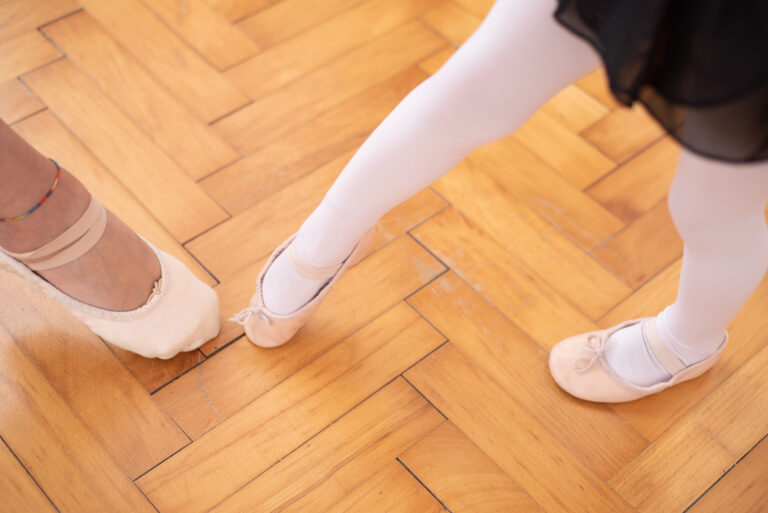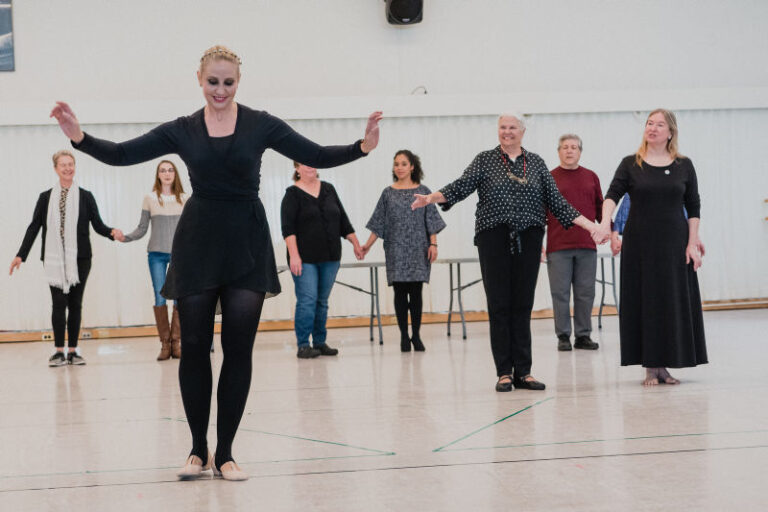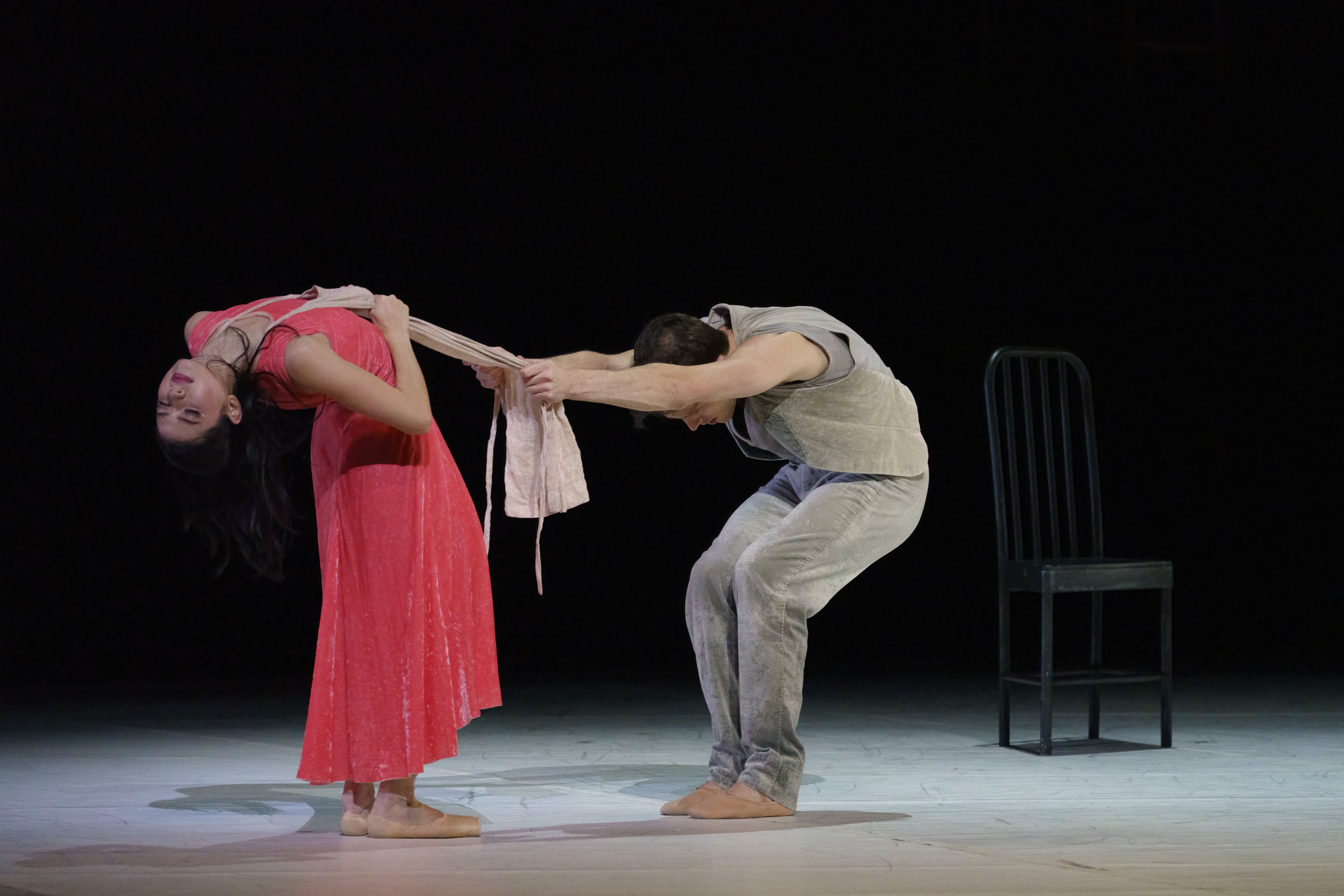
Partnering is a unique skill, both to learn and to teach. As a teacher, you’re in the position to help students adjust to moving with another dancer in close proximity, providing them with the skills necessary to form a successful partnership.
“Teaching partnering is tough,” says Patric Palkens, a dancer with Atlanta Ballet. “You’re teaching two things at once—what it’s like to be partnered and what it’s like to do the partnering.”
Because of these inherent challenges, it’s important to foster communication in the studio—between student and teacher, and among the larger group of students as well. Verbal communication can be very helpful in the class and rehearsal stages, and it also lays the groundwork for the vital nonverbal communication that happens onstage during a performance.
Start simple
Partnering can feel both exciting and overwhelming to students, especially in the first few classes. But starting off small can help develop essential communication skills that will have big payoffs when it comes to performance time.
Martin Rodriguez Vigil, the co-founder of Ballet Nepantla, a New York City-based contemporary Mexican folklórico company, recommends a simple series of across the floor exercises to get your students comfortable with the feeling of moving with another dancer. To begin, split the class into pairs. For the first pass, students will walk across the floor in sync, holding hands. To progress, students can skip or do a grapevine step.
“Just by doing that synchronized walking, by holding somebody, you start to feel each other’s energy, each other’s pull, and each other’s pace,” he explains. Teaching students to attune themselves to the needs of another dancer will help them communicate nonverbally onstage later on.
Leveling up
For more advanced dancers, or when less experienced students are beginning to develop more comfort with partner work, you can begin to incorporate weight-sharing exercises. Palkens recommends a balance exercise, in which one dancer takes another off balance and then helps them find their balance again (see sidebar).
Maria Gracia Perez Munoz, who dances with Rodriguez as part of Ballet Nepantla, adds that trust-based exercises, like trust falls, can be helpful to build communication. “There’s a lot of trust that happens in partnering in general,” she says. “So simple [exercises], like falling into somebody’s arms without looking backwards, and that person is going to hold me, is getting to know that you can trust the person that you would dance with.”
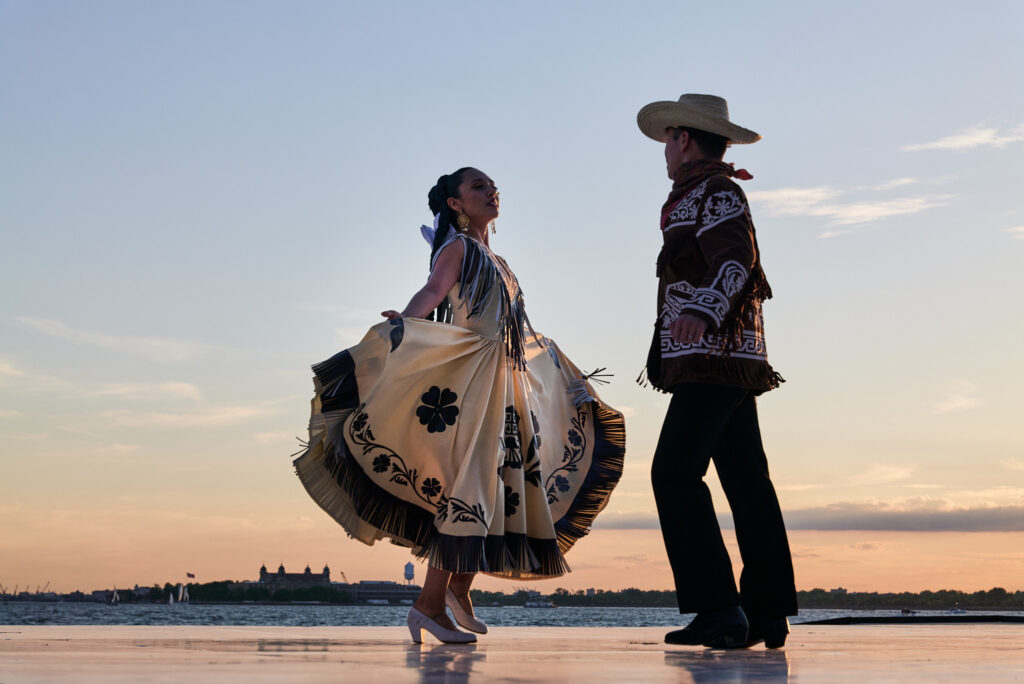
For another trust exercise, you can level up Vigil’s walking across the floor series. Have one student close their eyes, allowing the other student to guide them. The absence of visual stimuli will also help facilitate touch and pressure based communication.
Encourage conversation
In addition to teaching dancers how to communicate with one another nonverbally through touch and pressure, invite verbal communication in the studio, too. Mikaela Santos, who dances with Palkens at Atlanta Ballet, says that, especially when she first started, she found it challenging to advocate for herself when her partner was doing something that didn’t work for her.
“I’ve definitely had times when something is uncomfortable for me and I didn’t have the guts to tell my partner,” she says. “Tell your partner straight up, be honest with them, and just tell them ‘Can we work this out?’”
Encourage your students to be honest and kind with one another, keeping sensitivities in mind, especially when offering feedback. You can model this by the way you offer corrections in class, rehearsals, and after performances. Palkens and Santos say that one way to do this, especially when it comes to partnering, is to be mindful of not singling out one individual in a pair.
“Teachers need to understand that it’s a collective, it’s not just one or the other’s fault,” Santos explains. “To be able to work it out, they have to be able to understand both sides.”
Teaching balance
Patric Palkens, a dancer with Atlanta Ballet, recommends this exercise to teach students to feel and respond to pressure while partnering. “Girls feel what they have to do to stay solid and guys can begin to feel balance,” he explains.
One dancer stands behind the other. The dancer in the back (traditionally the male role) holds the dancer in the front (traditionally the female role) around the waist.
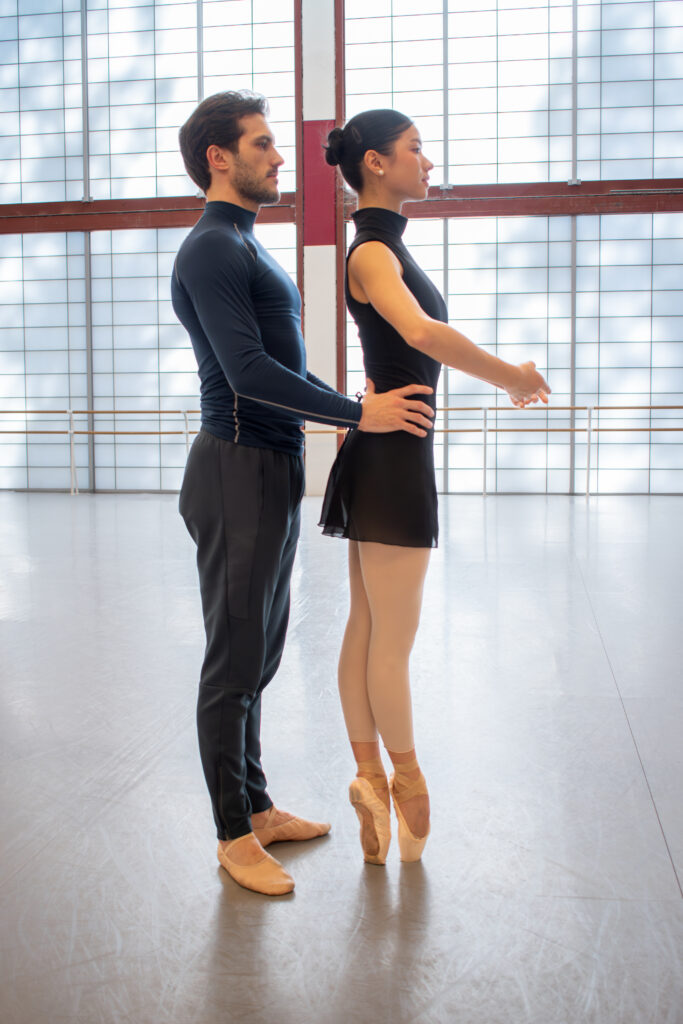
The front dancer rises onto pointe or relevé. To level up, students can try a balanced position on one leg, like a retiré or an arabesque.

From here, the back dancer slowly brings the front dancer off balance, and then helps them find their balance again.
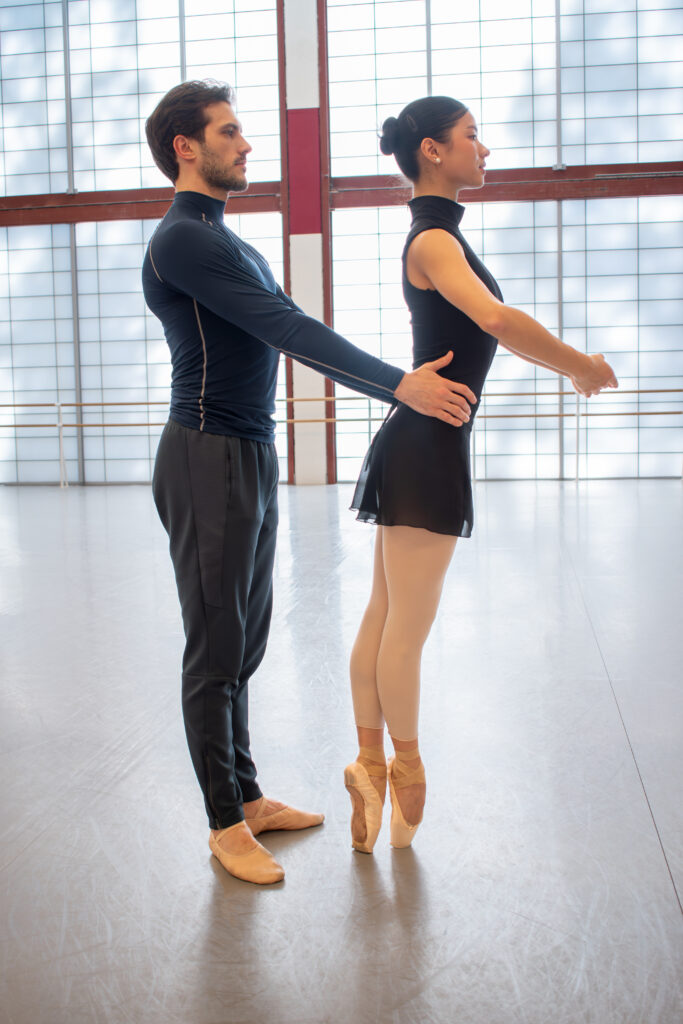
Try this to each side, and to the front and back as well. Encourage dancers to pay attention to which muscles they are using in each position, as well as how they are able to attune themselves to their partner’s sense of center, anticipating the other person’s needs.

The images above feature Mikaela Santos & Patric Palkens. Photos by Amber Times, courtesy Atlanta Ballet.

